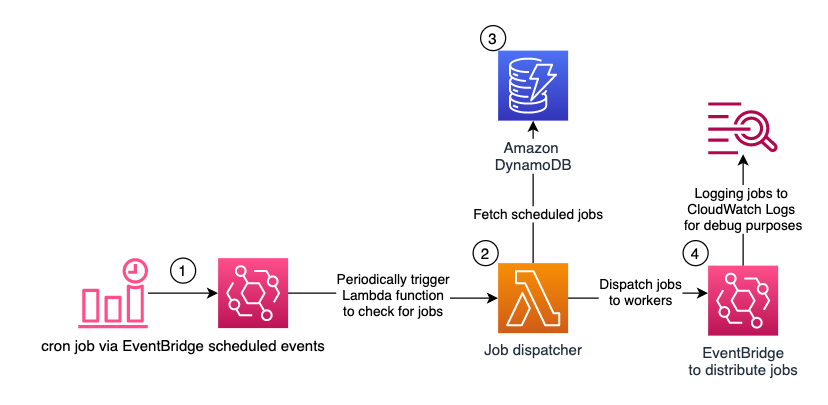AWS Architecture Blog
Category: Amazon DynamoDB
Mainframe data integration: Using mainframe data to build cloud native services with AWS
For International Women’s Day and Women’s History Month, we’re featuring more than a week’s worth of posts that highlight female builders and leaders. We’re showcasing women in the industry who are building, creating, and, above all, inspiring, empowering, and encouraging everyone—especially women and girls—in tech. Many companies in the financial services and insurance industries rely […]
Enhance Your Contact Center Solution with Automated Voice Authentication and Visual IVR
Recently, the Accenture AWS Business Group (AABG) assisted a customer in developing a secure and personalized Interactive Voice Response (IVR) contact center experience that receives and processes payments and responds to customer inquiries. Our solution uses Amazon Connect at its core to help customers efficiently engage with customer service agents. To ensure transactions are completed […]
Codacy Measures Developer Productivity using AWS Serverless
Codacy is a DevOps insights company based in Lisbon, Portugal. Since its launch in 2012, Codacy has helped software development and engineering teams reduce defects, keep technical debt in check, and ship better code, faster. Codacy’s latest product, Pulse, is a service that helps understand and improve the performance of software engineering teams. This includes […]
How Ribbon Built a Scalable, Resilient Robocall Mitigation Platform
Ribbon provides communications software, and IP and optical networking end-to-end solutions that deliver innovation, unparalleled scale, performance, and agility to service providers and enterprise. Ribbon is helping customers modernize their networks. In today’s data-hungry, 24/7 world, this equates to improved competitive positioning and business outcomes. Companies are migrating from on-premises equipment for telephony services and looking […]
Creating a Multi-Region Application with AWS Services – Part 2, Data and Replication
Data is at the center of stateful applications. Data consistency models will vary when choosing in-Region vs. multi-Region. In this post, part 2 of 3, we continue to filter through AWS services to focus on data-centric services with native features to help get your data where it needs to be in support of a multi-Region […]
Use AWS Step Functions to Monitor Services Choreography
Organizations frequently need access to quick visual insight on the status of complex workflows. This involves collaboration across different systems. If your customer requires assistance on an order, you need an overview of the fulfillment process, including payment, inventory, dispatching, packaging, and delivery. If your products are expensive assets such as cars, you must track […]
Serverless Scheduling with Amazon EventBridge, AWS Lambda, and Amazon DynamoDB
Many applications perform scheduled tasks. For instance, you might want to automatically publish an article at a given time, change prices for offers which were defined weeks in advance, or notify customers 8 hours before a flight. These might be one-off tasks, or recurring ones. On Unix-like operating systems, you might have opted for the […]
Migrating a Database Workflow to Modernized AWS Workflow Services
The relational database is a critical resource in application architecture. Enterprise organizations often use relational database management systems (RDBMS) to provide embedded workflow state management. But this can present problems, such as inefficient use of data storage and compute resources, performance issues, and decreased agility. Add to this the responsibility of managing workflow states through […]
Optimize your IoT Services for Scale with IoT Device Simulator
The IoT (Internet of Things) has accelerated digital transformation for many industries. Companies can now offer smarter home devices, remote patient monitoring, connected and autonomous vehicles, smart consumer devices, and many more products. The enormous volume of data emitted from IoT devices can be used to improve performance, efficiency, and develop new service and business […]
Batch Inference at Scale with Amazon SageMaker
Running machine learning (ML) inference on large datasets is a challenge faced by many companies. There are several approaches and architecture patterns to help you tackle this problem. But no single solution may deliver the desired results for efficiency and cost effectiveness. In this blog post, we will outline a few factors that can help […]









